Philly’s school safety program to shield kids from violence was working. So where did it go?
A key violence prevention program disappeared from schools across Philly this fall, including in Kensington—just when students needed it most.
Although there is no single way to define a culture, Philadelphia is home to thousands of individuals who express their identity in different ways where 16% of the population identifies as Latine.

This story was originally published in 2Puntos in collaboration with Metro Philadelphia. It is part of a four-part series about Latine Philadelphians.
There is no single way to be Latine in Philadelphia. For many second- and third-generation Latine, their identity lies in preserving Spanish across generations, while for others, language is not what defines them. But that doesn't make them any less Latine. On the contrary, they demonstrate their Latinidad in other ways, like the neighborhood they choose to call home, which is a concerted effort to stay close to their roots.
El Centro de Oro, also known as the heart of Philadelphia's Latino community, is one of those neighborhoods. Its population is predominantly Puerto Rican, and its culture is palpable as soon as you set foot in the neighborhood.
There you will also find Norris Square, a neighborhood brimming with cultural vibrancy and traditions where, according to a report by Penn State Extension and the Penn State Center for Economic and Community Development, 49% of its residents spoke Spanish and 78% of them were proud of their neighborhood's ethnic diversity.
Here are the stories of four Latines who express their identity in many different ways in a multicultural city where 16% of the population identifies as Latino.
Proud Latina, but Americanized
Cesali Morales has lived in the Norris Square neighborhood for over 10 years and is the current Director of Community Organization and Public Programs at Tookany/Tacony-Frankford Watershed. Her mother is Puerto Rican and her father is Italian American. Although her mother spoke Spanish to her at home, Morales never stuck with it.
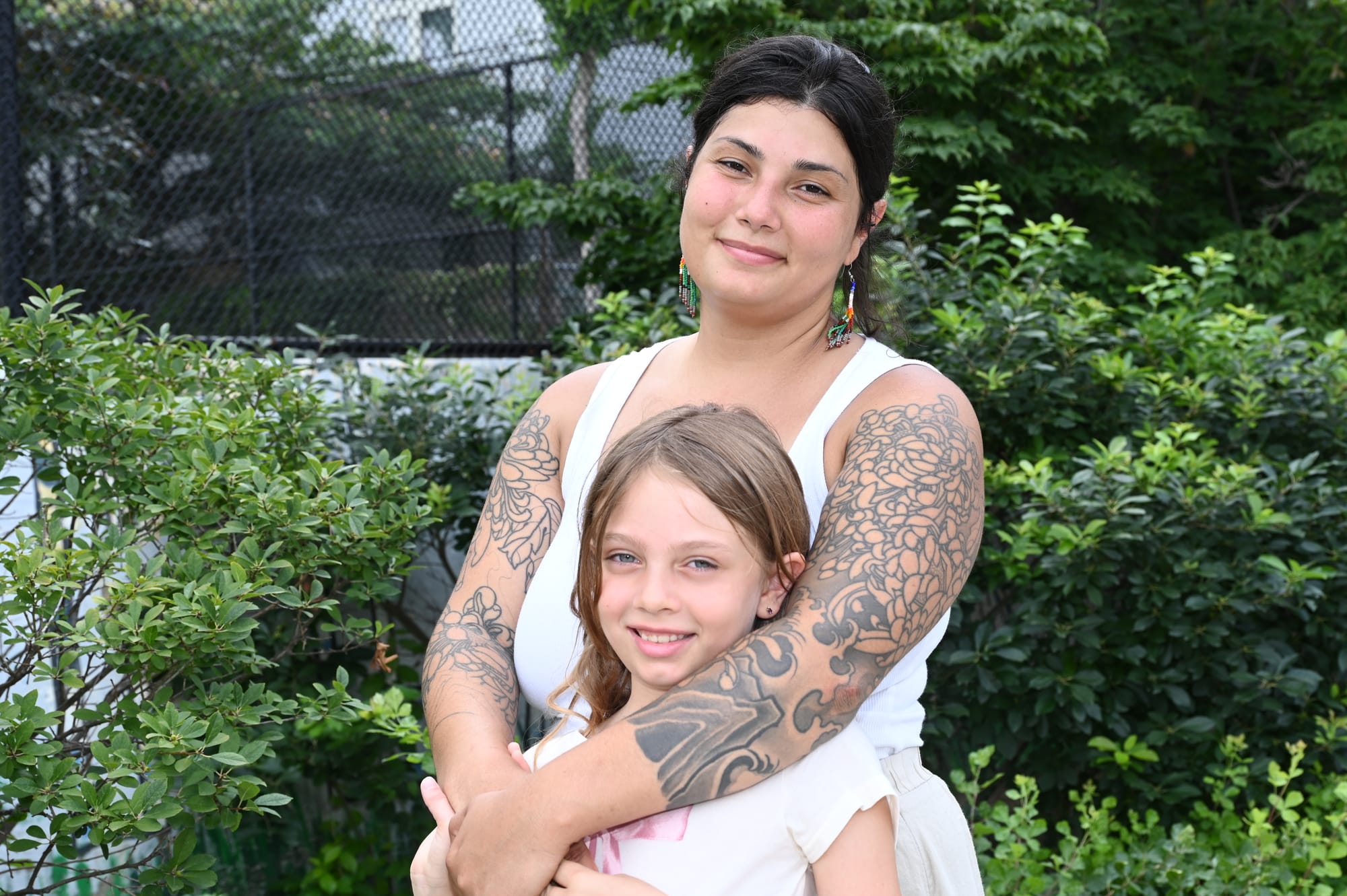
As a second-generation Latine in Philly, she describes herself as “very American in a lot of ways.”
“Spanish is one of those things that break my heart open,” added Morales, who was born in South Florida.
However, Morales acknowledges that her daughter needs to know Spanish as part of her identity and she has made sure that she attends classes and camps that promote diversity and Spanish in places such as Taller Puertorriqueño.
Spanish as resistance
Alyssa Reynoso-Morris is a bilingual children's book author, community organizer, and mother of three. She is of Dominican and Puerto Rican descent and identifies as Afro-Latine and queer. Her work is her form of resistance to promote Spanish and Latine culture in children.
She was born in New York and has lived in Philadelphia for 17 years. For her, Spanish is the most beautiful gift she inherited from her mother and abuela, which she is now consciously passing on to her children.
“I think for a very long time, I felt connected to being Latina through the language[...] But then I realized, I think what connects me to Latinidad is really this spirit of resilience that our community has,” she added.
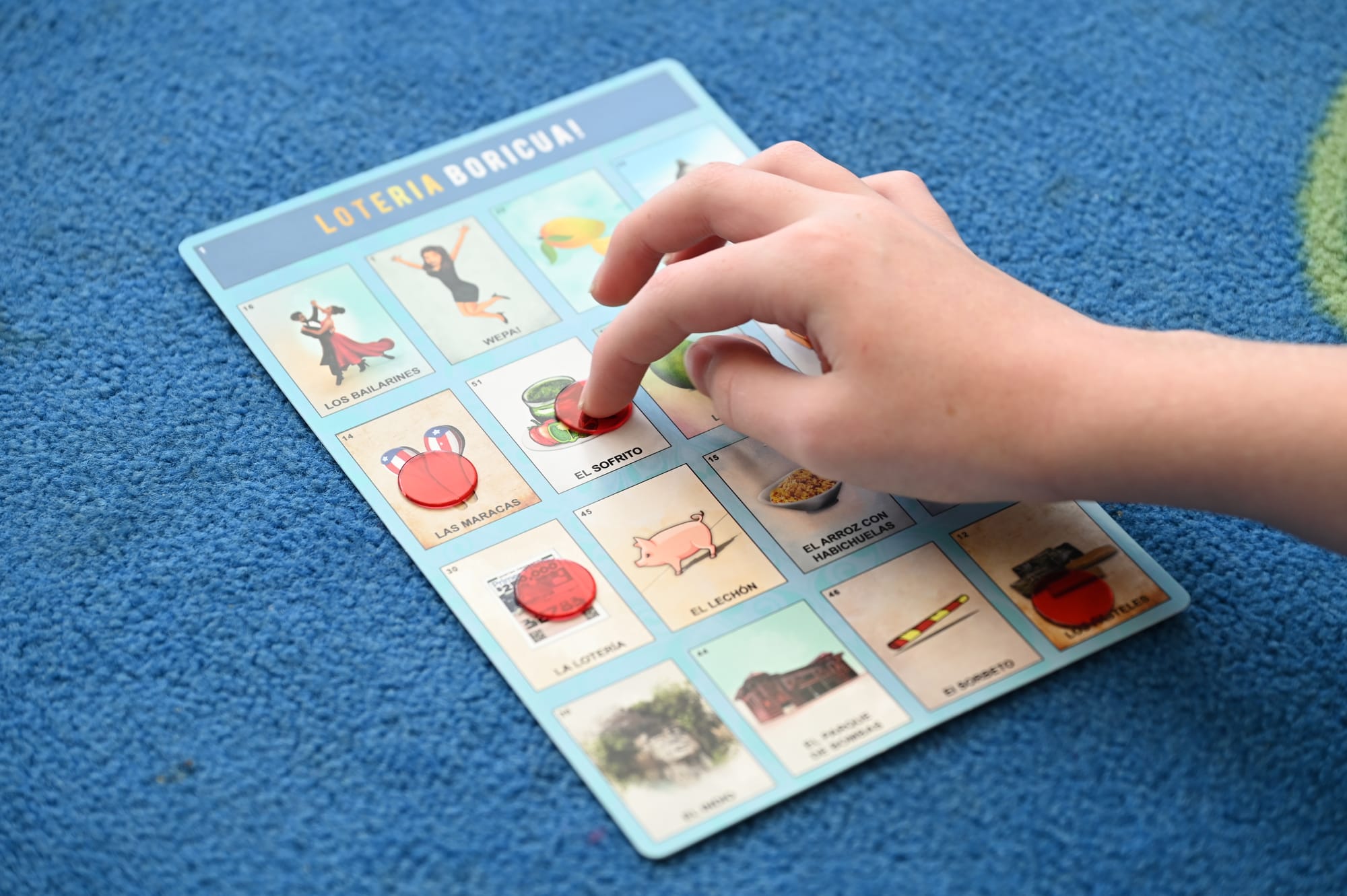
As a second-generation Latine, Alyssa has no doubt that “there is a lot of racism and transphobia in our Latino community.” But she is clear that there is no place for that in her household and prefers to focus on the good things she was taught about her Latinidad.
The Revenge of the Pastelillo
Erica Daza is a mother of three and one of the founders of Somos, a Spanish Immersion Summer Camp in Philadelphia. Her life and work are completely dedicated to teaching Latin American history and immersing children into the Spanish language.
Her inspiration to start Somos came from her own experience with the lack of Spanish educational programs in Philly. Like her, there were many other parents who were looking for a place where their children wouldn't lose the Spanish they learned in their household.
“Part of being Latino is the language,” Daza said.
Born in Maryland to Colombian parents,Daza confesses that maintaining Spanish with her children is the hardest thing for her.
Her children show their Latine heritage in very different ways and depending on their interest. For example, her youngest son was fascinated by the taste of pastelillo, a Puerto Rican street food staple. He was so obsessed that he began to write a story in which pastelillo becomes a superhero character who saves people from evil. The story is called “The Revenge of Pastelillo.”
This is the result of Daza's efforts to instill pride in her children for being Latine from an early age. For her, consistency is key.
Daza is part of the second generation and has been living in Philadelphia for over 20 years.
Call for unity
For artist Thomas Delphi, who is currently the Membership and Gifts Coordinator at the Penn Museum of Archaeology and Anthropology, being born in the United States to Nuyorican parents feels like being torn between two cultures that sometimes coexist and sometimes don't. When he visits Puerto Rico, people don't see him as Puerto Rican. But when he's in the United States, people even ask him if he's an American citizen, which reflects a lack of knowledge about Puerto Rico's history as an American territory.
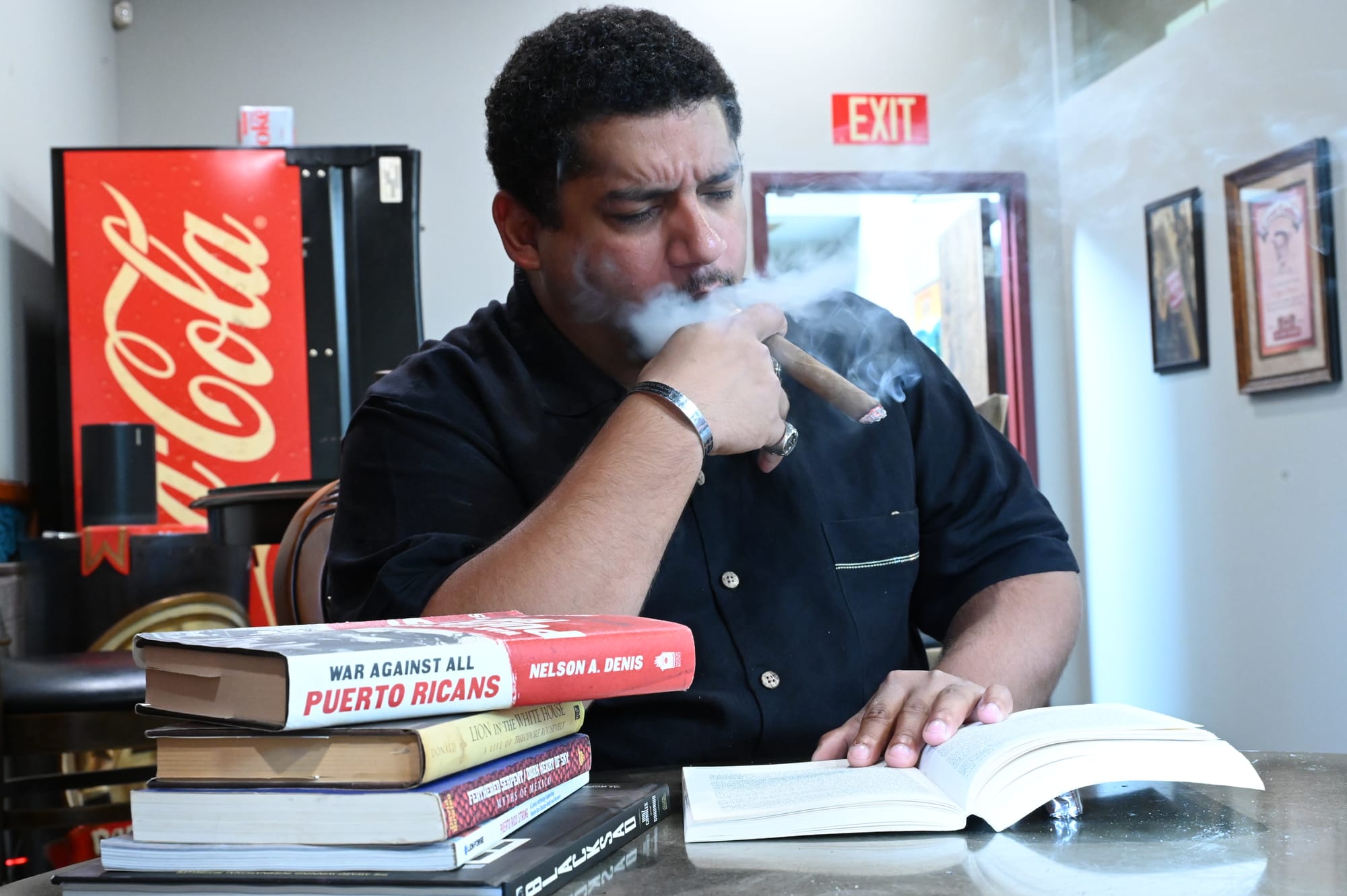
Both of his parents lived most of their lives between New York, where Thomas was born, and Puerto Rico. However, he is completely detached from Spanish.
Thomas has lived in Philadelphia for almost 8 years and was the founder of The Nerdtino Expo, the first East Coast Latine comic book convention. As a third-generation Latino, Thomas admits that the Latine and Puerto Rican community in Philly could be much bigger, stronger, and united.
“We need to think bigger of ourselves,” Thomas concluded.

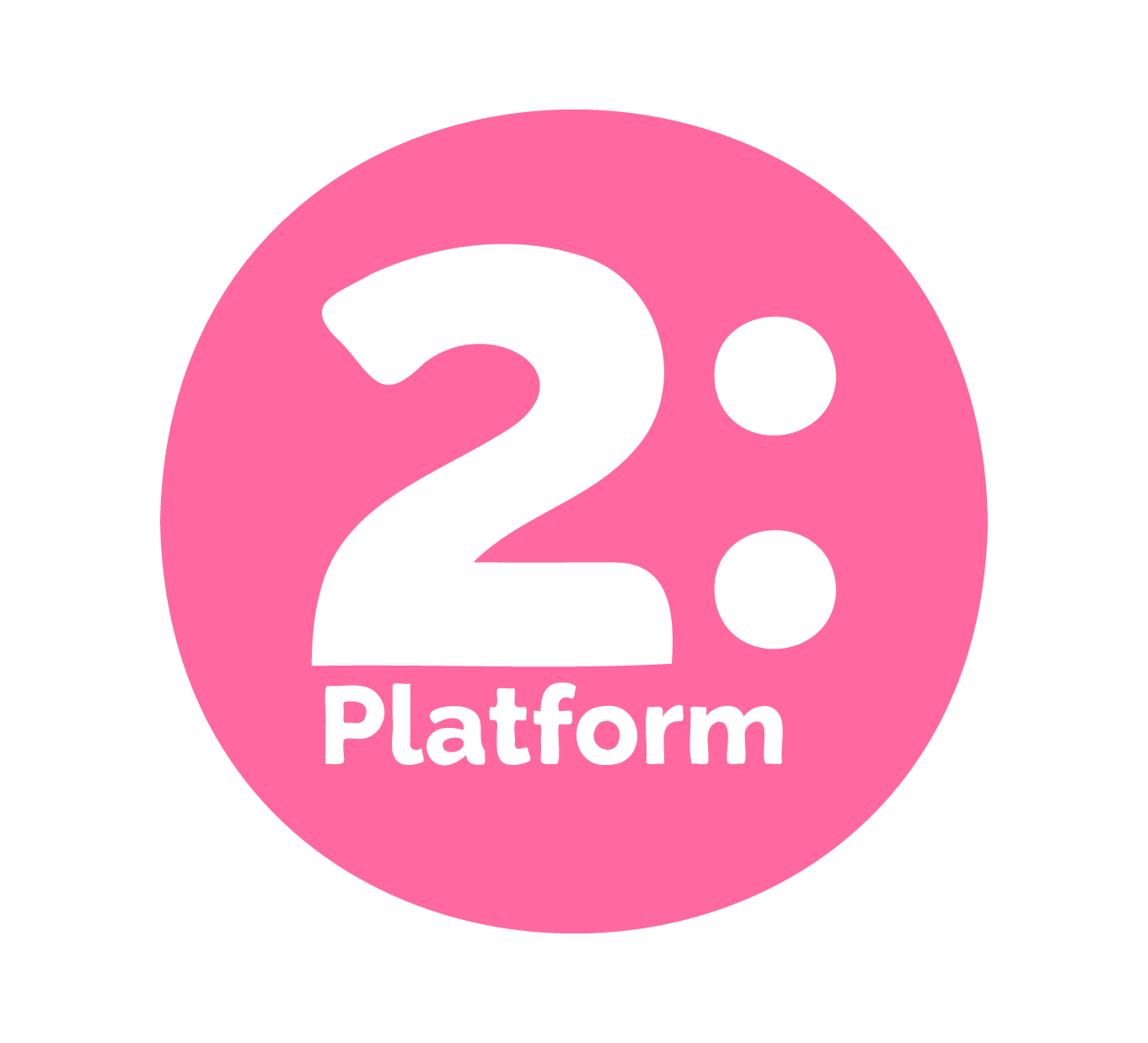
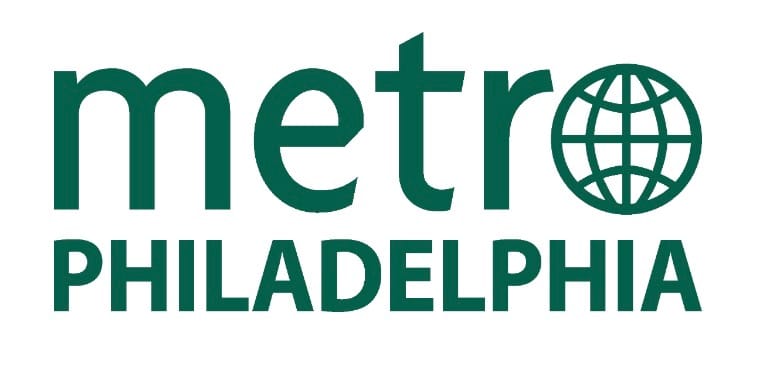
Stay informed with community-driven reporting, local events, and neighborhood updates — every week, free to your inbox.